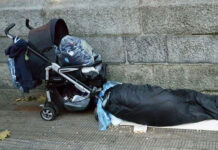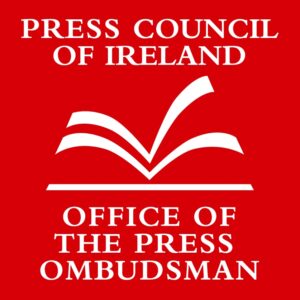by Alan Jacques
alan@limerickpost.ie

According to Limerick Museum and Archives, ‘Stand Up and Fight’ will deal with Limerick’s ties to international military campaigns and the social and economic effects of these at home.
The launch of the exhibition this April will coincide with the 100th anniversary of the Gallipoli campaign (April 1915 – January 1916) which claimed the lives of 800 members of the Royal Munster Fusiliers.
Supported by the Limerick Branch of the Royal British Legion, the Royal Munster Fusiliers Association and the Irish Naval Association, the exhibition will be preceded by a roadshow at Limerick City and County Council Civic Buildings, Merchant’s Quay on Saturday January 24 from 12 to 5pm.
Military experts will be in attendance on the day to speak with members of the public interested in donating images, letters, stories, medals, objects relating the experience of Limerick people at times of combat.
“While much of the exhibition will be concerned with the participation of Limerick men and women in the First World War, it will also deal with Limerick’s long military and naval tradition,” Limerick archivist Jacqui Hayes explained.
“From the departure of the Wild Geese in 1691 with Sarsfield to the dressing of international armies by Tait’s clothing factory Limerick’s history is intrinsically linked with military history,” she said.
Among the exhibition themes will be the regiments that drew their recruits from Limerick; the campaigns in which Limerick soldiers fought such as the Napoleonic, Crimean and Boer Wars; barracks in Limerick; famous Limerick generals, such as Lords Gough and Clarina and Sir de Lacy Evans; and Limerick’s participation in the First World War.
Limerick recruitment in other countries such as the USA, France and Australia will also be covered. While the Limerick naval tradition, as exemplified by the connections between Coonagh and the British Navy, will also feature.
“While primarily focusing on Limerick’s lengthy military history, the exhibition will also examine the impact of the military on Limerick’s social history in these centuries, such as the numbers who joined the armed forces; particular areas which had a tradition of recruitment; family military traditions and the role of women,” said Ms Hayes.
The impact of the military in Limerick’s social life such as the popularisation of rugby, the development of marching bands, and service overseas by Limerick recruits will also feature.
“Only in Limerick and South Africa are trainers/runners called ‘tackies’ a word brought back from Limerick men fighting in the Boer War where light shoes laced at the top were worn,” Ms Hayes revealed.
“We are particularly looking forward to meeting with people whose family members have links with Limerick’s military history. We are asking people to bring original material which will be scanned and photographed and catalogued on the day and returned to them. Military experts will also be available on the day to assist,” she concluded.
Plans are also underway to prepare a separate programme of events marking the 1916 Rising and Irish War of Independence from 2016 onwards.











